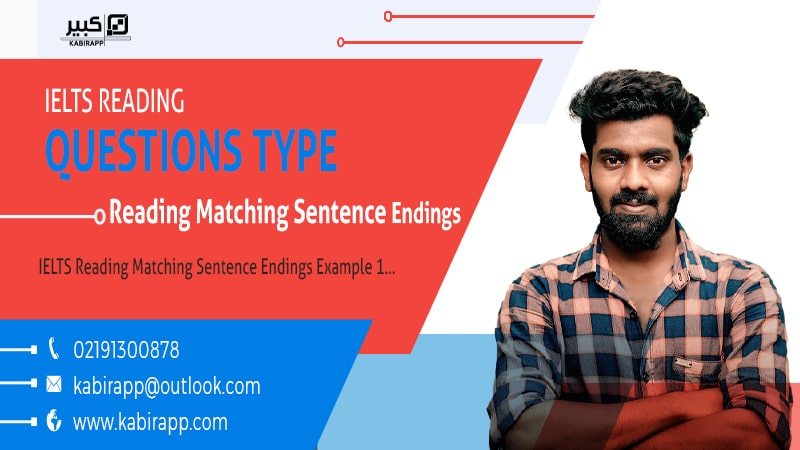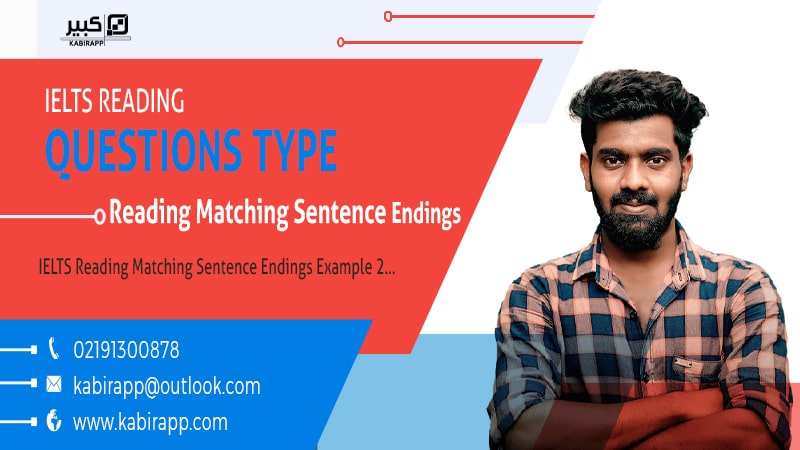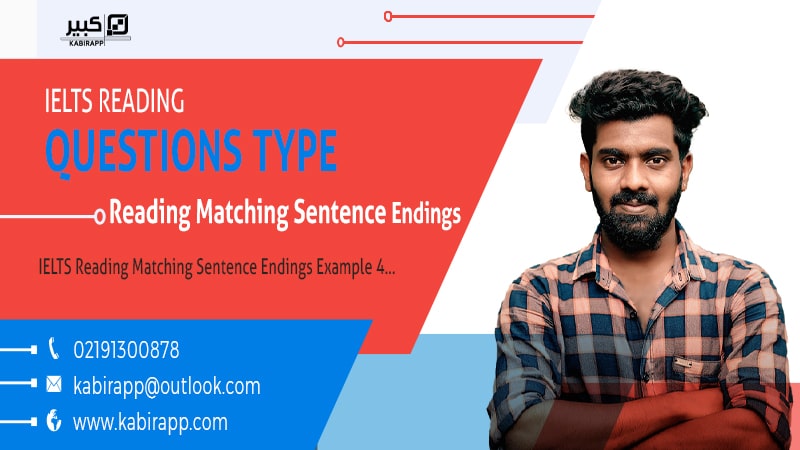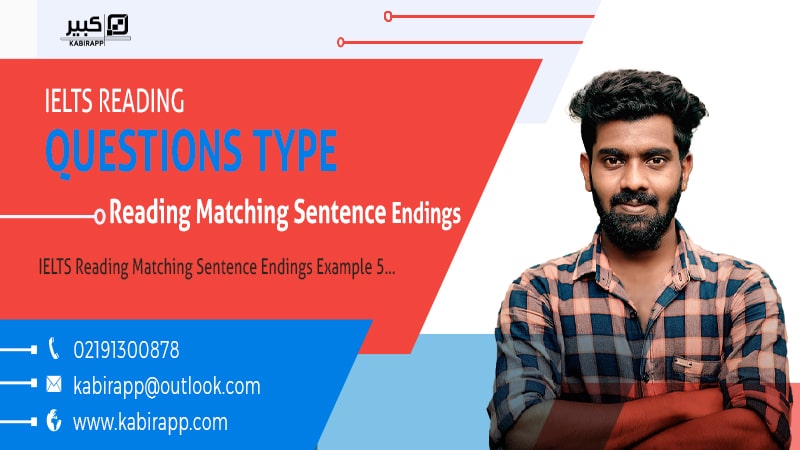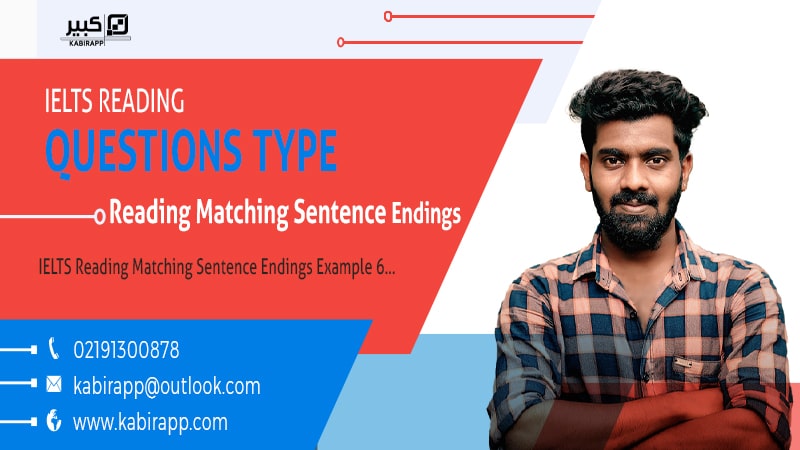محتوای الکترونیکی
IELTS Reading Matching Sentence Endings Example 7
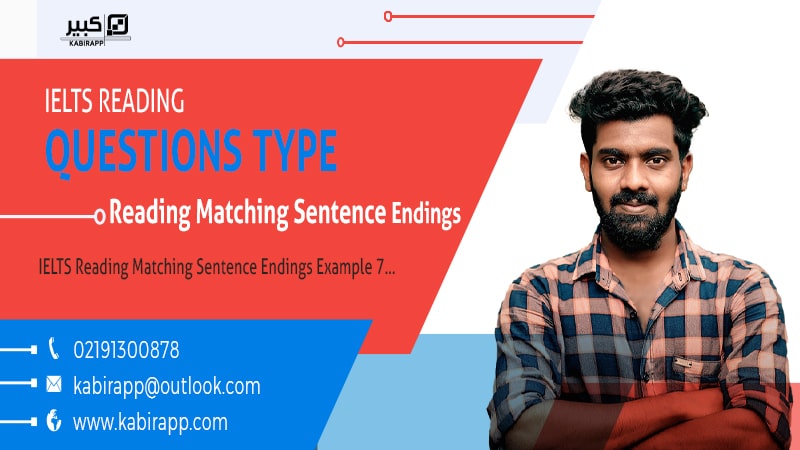
The Developing WorldA.THE DEVELOPING WORLD – the economically underdeveloped countries of Asia. Africa. Oceania and Latin America – is considered as an entity with common characteristics, such as poverty, high birth rates, and economic dependence on the advanced countries. Until recently, the developing world was known as ‘the third world’. The French demographer Alfred Sauvy coined the expression (in French) in 1952 by analogy with the ‘third estate’ – the commoners of France before and during the French Revolution – as opposed to priests and nobles, comprising the First and second estates respectively. ‘Like the third estate’, wrote Sauvy, ‘the third world is nothing, and it wants to be something’. The term, therefore, implies that the third world is exploited, much as the third estate was exploited and that, like the third estate, its destiny is a revolutionary one. B. Because the economies of underdeveloped countries have been geared to the needs of industrialised countries, they often comprise only a few modem economic activities, such as mining or the cultivation of plantation crops. Control over these activities has often remained in the hands of large foreign firms. The prices of developing world products are usually determined by large buyers in the economically dominant countries of the West, and trade with the West provides almost all the developing world’s income. Throughout the colonial period, outright exploitation severely limited the accumulation of capital within the foreign-dominated countries. Even after decolonisation (in the 1950s, 1960s, and 1970s), the economies of the developing world grew slowly, or not at all, owing largely to the deterioration of the ‘terms of trade’ – the relationship between the cost of the goods a nation must import from abroad and its income from the exports it sends to foreign countries. |
Questions 1-3
Write the correct letter A-F in spaces 1-3 below. Complete each sentence with the correct ending. A-F below.
- Countries in the developing world
- The term ‘the third world’ implies
- One consequence of the terms of trade was
- economic dependence on developed countries.
- that decolonisation took a long time to achieve.
- dictate the needs of industrialised countries.
- share common characteristics.
- that many economies stagnated.
- a society that wants something it does not have.
Answers
|
Explanation
| For the first question, the answer is in the first para, 1st line; “Africa. Oceania and Latin America – is considered as an entity with common characteristics, such as poverty, high birth rates, and economic dependence on the advanced countries.” The second answer is in the first para, 7th line; “‘Like the third estate’, wrote Sauvy, ‘the third world is nothing, and it wants to be something’. The term, therefore, implies that the third world is exploited, much as the third estate was exploited and that, like the third estate, its destiny is a revolutionary one.” The last answer is in the second para, 8th line; “Even after decolonisation (in the 1950s, 1960s, and 1970s), the economies of the developing world grew slowly, or not at all, owing largely to the deterioration of the ‘terms of trade’ – the relationship between the cost of the goods a nation must import from abroad and its income from the exports it sends to foreign countries.” |
بهترین ها
| نام | تعداد آزمون | میزان موفقیت | |
|---|---|---|---|
| َAmeneh Darvishzadeh | 1 | 100/00 % | |
| Mehrad Hashemi | 1 | 100/00 % | |
| مهدی حسین پور آقائی | 1 | 100/00 % | |
| Farnoush Toghiany | 21 | 98/36 % | |
| zahra namdari | 46 | 98/21 % | |
| یاسمن محمدی پور | 4 | 98/08 % | |
| Sheida Taheri | 3 | 97/37 % | |
| پژمان همدانی | 3 | 97/37 % | |
| محمدحسین میرزایی | 3 | 97/30 % | |
| Tara Mohammadi | 3 | 96/43 % | |
| yasaman mohamadipur | 51 | 95/86 % | |
| محمدجواد ملائی اردستانی | 3 | 94/44 % | |
| Arzhang Saberi | 4 | 93/33 % | |
| Soheila Karimi | 124 | 92/73 % | |
| aram farhmand | 10 | 92/31 % | |
| یاشار اسکندری | 98 | 91/14 % | |
| الشان مقیمی آذر | 11 | 90/80 % | |
| عباس پورمیدانی | 1 | 90/00 % | |
| پریسا سلوکی شهرضایی | 72 | 89/49 % | |
| ارشیا قلمکاری | 33 | 89/23 % |
